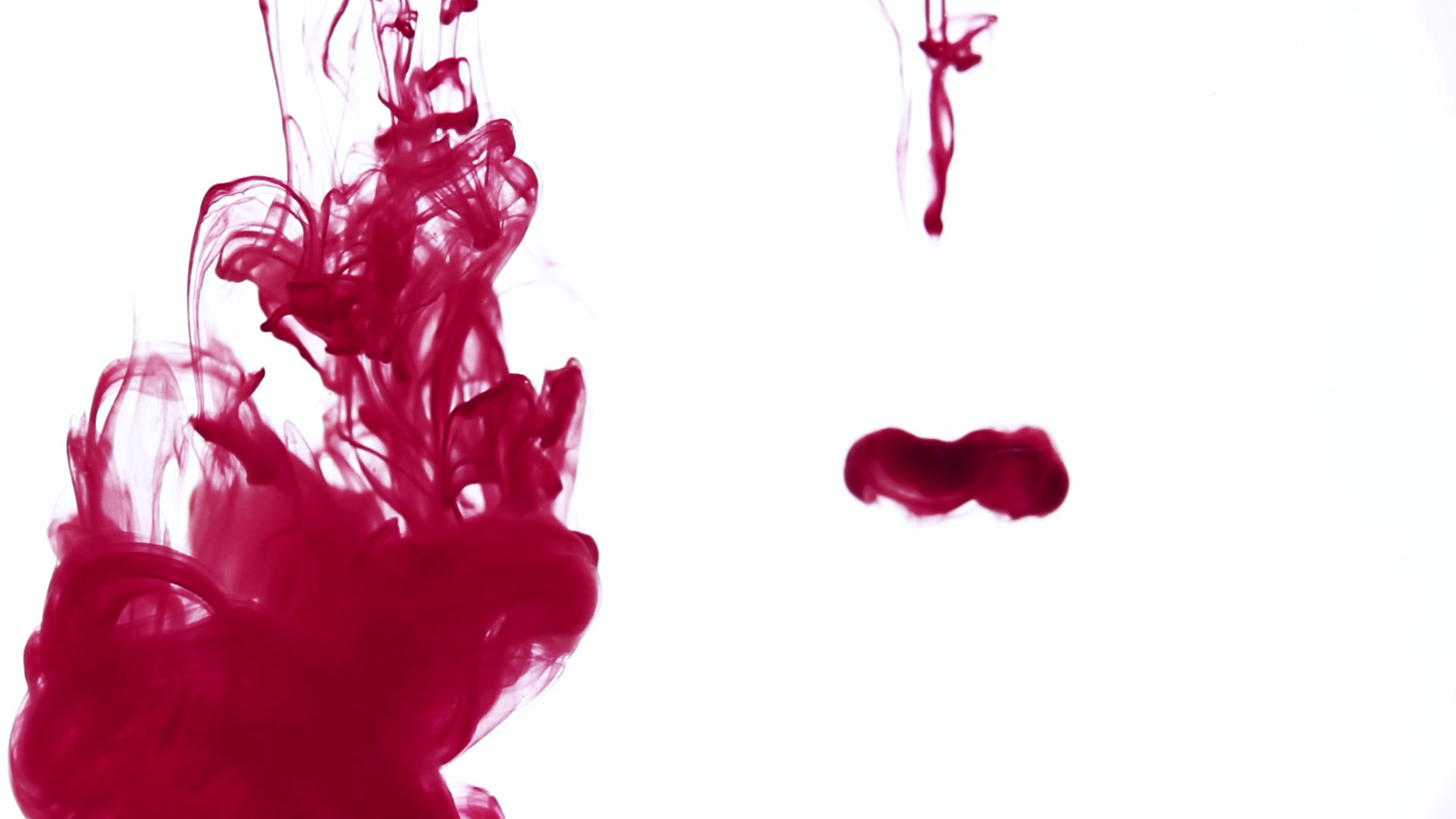
Meritxell Genescà1 & María J. Buzón1
1 Infectious Diseases Department, Vall d’Hebron Institut de Recerca (VHIR), Vall d’Hebron
Hospital Universitari, Vall d’Hebron Barcelona Hospital Campus, Passeig Vall d’Hebron 119-129, 08035 Barcelona, Spain.
Despite advances in antiretroviral therapy (ART), the persistence of multiple HIV reservoirs within tissue compartments remains a significant barrier to achieving an HIV cure. These reservoirs, established early during infection, comprise diverse cell subsets that reside in complex tissue microenvironments. Understanding the nature of these reservoirs and developing targeted strategies to eliminate them is critical for advancing HIV cure research. Recent findings regarding the establishment, the maintenance and the elimination of these reservoirs reveal new challenges and opportunities to advance in the field of HIV cure.
In the recent years, multiple studies have revealed various cells subsets within multiple tissue compartments that, upon treatment interruption could lead to viral rebound (meaning the virus can replicate and be detectable in blood again) (De Scheerder, Vrancken et al. 2019, Chaillon, Gianella et al. 2020, Sun, Rassadkina et al. 2023). Together they form the HIV reservoir, which includes cells types like specialized macrophages from the brain to multiple subsets of CD4+T cells harboring different states of HIV persistence (Astorga-Gamaza and Buzon 2021, Pieren, Benitez-Martinez et al. 2023). Recently, the opportunity of studying HIV reservoirs during the earliest Fiebig stages of infection (first days after infection) have revealed that productive infection is quickly established in a pool of phenotypically and clonotypically distinct CD4+T cells (meaning with specificities for multiple antigens), and that, already at that time, latently-infected cells are established (Gantner, Buranapraditkun et al. 2023). The fact that CD4+T cells play a pivotal role in orchestrating the immune response against infections in general, including HIV, together with being their primary targets, contributes to quick dissemination of infected cells to various anatomical compartments. In addition, myeloid cells at the mucosal sites of transmission can contribute to boost and disseminate the infection (Perez-Zsolt, Cantero-Perez et al. 2019), as well as contribute to long-term persistence (Ganor, Real et al. 2019). All together, these studies underscore the limited window of opportunity to avoid HIV persistence establishment. Still, starting antiretroviral treatment early accelerates the decay of the HIV reservoirs and lead to very low residual levels of detectable HIV (Buzon, Martin-Gayo et al. 2014).
But how these reservoirs are maintained under ART treatment? Several mechanisms seem to contribute to reservoir perpetuation in tissue compartments, being clonal expansion a major source. On one hand, those CD4+T cells that were specific for multiple antigens (including know pathogens like influenza or even HIV) can proliferate in response to their cognate antigen and redistribute (Simonetti, Zhang et al. 2021), as occurred in this recent case (Lisco, Lange et al. 2023). On the other, homeostatic proliferation and infection of long-lived CD4+T cells may also greatly contribute to viral persistence (Chomont, El-Far et al. 2009, Bosque, Famiglietti et al. 2011, Buzon, Sun et al. 2014). In this sense, diverse long-lived subsets residing in tissues, like resident memory CD4+T cells (TRM) will be especially relevant, since they will respond to both of these mechanisms of proliferation. Indeed, we have shown that CD4+TRM are not only highly susceptible to HIV infection, but also a major source of viral persistence (Cantero-Perez, Grau-Exposito et al. 2019).
Other recent discoveries regarding factors contributing to viral persistence are the intrinsic resistance of the HIV reservoir to immune mediated killing. Emerging evidences indicate that reservoir-harboring cells may possess an intrinsic resistance to cytotoxic T lymphocyte (CTL) killing. For example, the overexpression of the pro-survival factor B cell lymphoma 2 (Bcl-2) becomes a distinctive trait among CD4+T cells that manage to survive CTL-induced cell death (Huang, Ren et al. 2018). In addition, we have recently identified the presence of reservoir cells capable of eluding a portion of the immune response mediated by Natural Killer (the “so-called NK”, another immune cell type that is the first line of defense against pathogens such as HIV) (Astorga-Gamaza, Grau-Exposito et al. 2022). Moreover, immune exhaustion of these NK and CTL effector cells, which is associated to cell dysfunction, also contributes to long-term persistence. Overall, targeting these receptors associated to immune exhaustion provides strategic opportunities, as antibodies directed towards these molecules enhances elimination of the HIV reservoir (Fromentin, DaFonseca et al. 2019, Astorga-Gamaza, Perea et al. 2023, Blanch-Lombarte, Ouchi et al. 2023). Last, while CD8+T cells can exert pressure on the virus and control viral replication, they may also inadvertently contribute to HIV persistence by negatively regulating HIV expression and ultimately promoting latency (Mutascio, Mota et al. 2023).
Thus, considering the complexity of the HIV reservoir in terms of the heterogeneity of the anatomical compartments, cell subsets and viral persistence states involved, how can we eliminate them? Targeting HIV persistence in these tissue compartments will likely require multifaceted approaches to specific tissue compartments, as recently highlighted (Pieren, Benitez-Martinez et al. 2023). Early interventions that impact initial reservoirs during acute infection at the time of ART initiation hold promise (Gunst, Pahus et al. 2022). These strategies can focus on impacting innate immunity or inflammation (Board, Moskovljevic et al. 2022), which may effectively reach secluded compartments and reactivate latent virus. Additionally, efforts are underway to develop therapeutic vaccines that boost the immune response against HIV as reported (Bailon, Llano et al. 2022), potentially controlling or even clearing the virus from the body. More innovative strategies are based on gene editing technologies like CRISPR-Cas9, which could potentially remove HIV DNA from infected cells or render them resistant to viral replication. While challenges remain, these innovative approaches offer hope for a future where HIV can be effectively eliminated from infected individuals.
